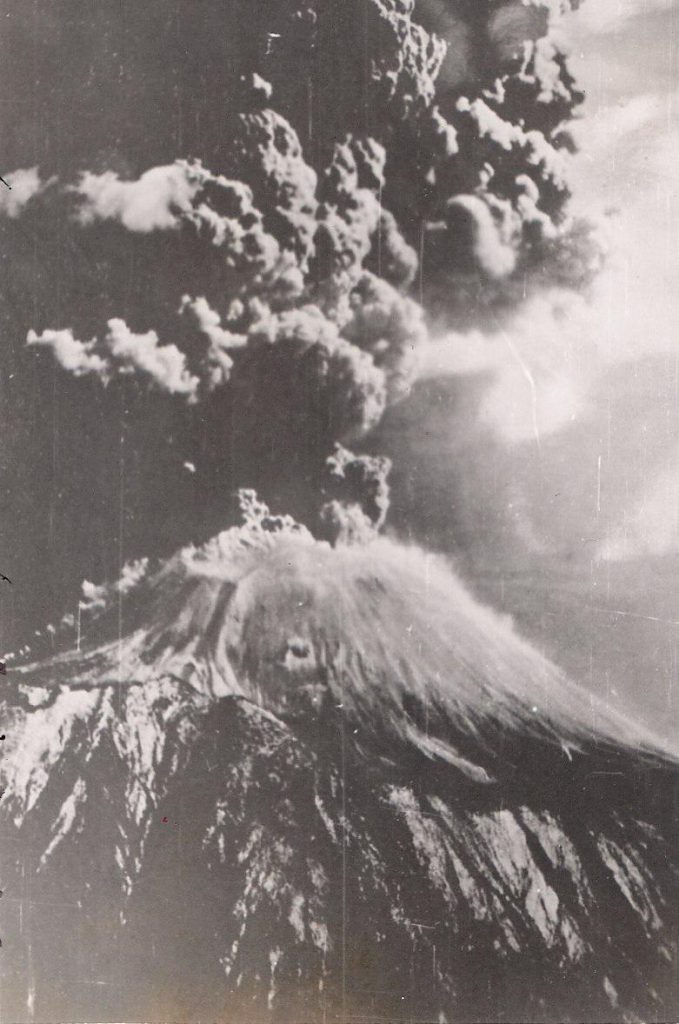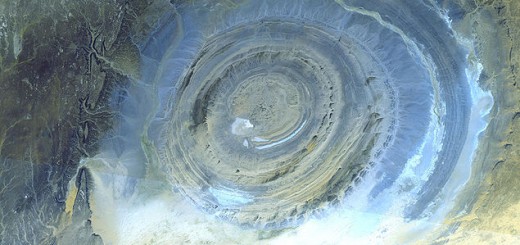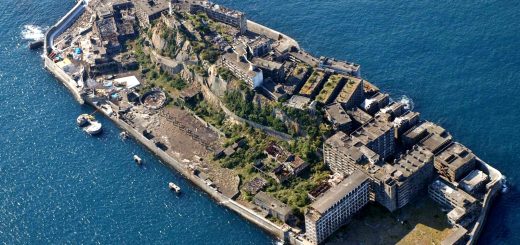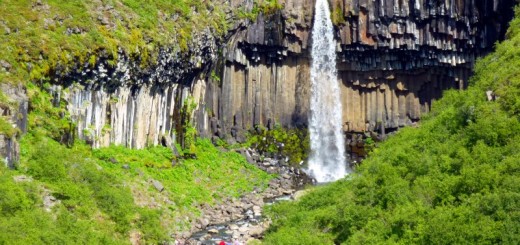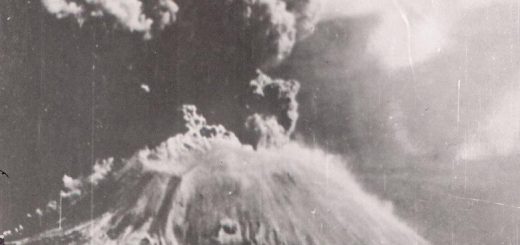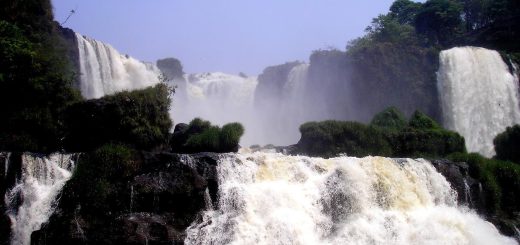Pompeii Volcano – The dark day in Pompeii History when Mount Vesuvius Volcano Erupted
Mount Vesuvius Pompeii hold immense historical significance due to the catastrophic eruption that occurred in AD 79. Pompeii was an ancient Roman city, frozen in time by the eruption, offering invaluable insights into daily life, architecture, and art of that era. This well-preserved archaeological site serves as a time capsule, helping us understand the past.
Mount Vesuvius, on the other hand, is a powerful reminder of the unpredictable forces of nature. The eruption in AD 79 not only buried Pompeii but also highlighted the importance of disaster preparedness, making it a pivotal event in the history of volcanic studies.
Together, Pompeii and Mount Vesuvius provide a unique window into both ancient Roman civilization and the Earth’s geological processes, offering lessons and knowledge that continue to shape our understanding of history and natural disasters.
Table of Contents
Unearthing Pompeii’s Secrets: From Ancient Splendor to Volcanic Unrest
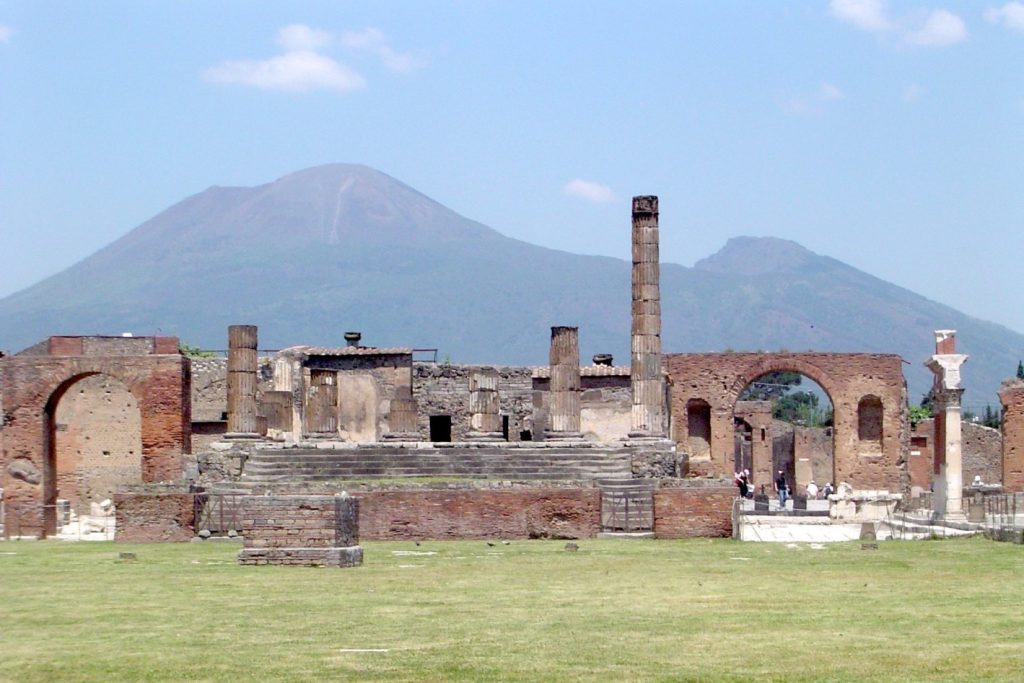
Pompeii, an ancient Roman city nestled near the Gulf of Naples, holds a captivating history. Founded in the 7th or 6th century BC, it gradually evolved into a thriving and culturally rich Roman settlement. Situated in the shadow of Mount Vesuvius, Pompeii was an important center for trade and commerce, known for its picturesque location and scenic beauty.
In the lead-up to the catastrophic eruption in AD 79, there were subtle signs of impending doom. Several years prior, there was increased seismic activity in the region. Small earthquakes and tremors had been unsettling, but they weren’t taken as dire warnings. However, these tremors were, in fact, early indicators of the volcano’s growing restlessness.
Then, in the days leading up to the eruption, the citizens of Pompeii reported unusual natural phenomena. Hot springs boiled over, and the water in wells bubbled with heat. The skies took on an eerie appearance, with strange clouds and vivid lightning, which were regarded as unsettling omens.
Despite these warning signs, the eruption of Mount Vesuvius on that fateful day in AD 79 came as a terrifying surprise, catching the residents of Pompeii off guard. These lead-up events, when observed in hindsight, serve as a haunting reminder of the unpredictability of nature and the importance of heeding warning signs, a lesson that continues to resonate through the annals of history.
The Astonishing Fury of Vesuvius – Pompeii’s Sudden Demise

The eruption began with startling suddenness. The peaceful skies over Pompeii were changed into a sight of apocalyptic gloom in the blink of an eye. Vesuvius, formerly a peaceful presence, discharged its wrath in a flurry of energy. A massive column of ash and volcanic debris rose into the atmosphere, obscuring the sun and casting a shadow across the area.
The magnitude of the eruption was both impressive and terrifying. Molten rock and ash erupted from the volcano’s core. The volcanic materials ejected were not just life-threatening; they were life-altering.
Ash and pumice, with their immense weight, buried the city of Pompeii under a thick, suffocating layer. As structures crumbled under the burden, the city’s inhabitants faced a calamity beyond their wildest nightmares.
But it was this very destruction, paradoxically, that preserved Pompeii in time. The layers of ash served as a protective shroud, freezing the city in an eerie stillness.
Today, we walk through the preserved streets, homes, and squares of Pompeii, offering a poignant glimpse into a moment frozen in time.
The eruption of Mount Vesuvius in AD 79 left an indelible mark on Pompeii and its residents. It serves as a stark reminder of the capriciousness of nature and the consequences of living in the shadow of a sleeping giant.
The events of that dark day continue to echo through history, teaching us about the extraordinary and often terrifying power of the natural world.
Pompeii’s Catastrophic Eruption and the Paradox of Preservation
As Mount Vesuvius erupted in AD 79, a cataclysmic event unfolded. Pompeii, the ancient Roman city, found itself buried beneath a relentless deluge of volcanic ash and pumice. The eruption unleashed a torrent of these materials, which cascaded down upon the city, like a relentless veil that swiftly concealed all in its path.
This thick blanket of ash and pumice would ultimately become a paradoxical savior for Pompeii. While the eruption brought about widespread devastation, the materials, in their immense volume and weight, formed a protective covering. This layer, like a time capsule, encapsulated the city and its people in an eerie stillness. It effectively preserved the structures, objects, and even the residents themselves, freezing them in time for centuries.
The human toll of the eruption was devastating. Many residents were trapped within their homes or in the city streets as the volcanic materials continued to fall. The sheer weight of the ash and pumice made escape a nearly impossible endeavor for most. The city’s population faced injuries, suffocation, and, in many tragic cases, death.
In the midst of this unfolding catastrophe, panic and chaos reigned supreme. People desperately sought refuge, trying to shield themselves from the falling ash and the searing heat of pyroclastic surges. Loved ones searched for each other in the darkness, and the city’s streets became scenes of unimaginable fear and despair.
The eruption of Mount Vesuvius in AD 79 was a day of profound human tragedy. It serves as a stark reminder of the unpredictable and devastating force of nature, a force that can alter the course of history in an instant. The preserved ruins of Pompeii stand as a poignant testament to the resilience and vulnerability of humanity in the face of such cataclysmic events.
Resurrecting Pompeii: From Ruin to Educational Marvel
Pompeii, the ancient city frozen in time by the eruption of Mount Vesuvius in AD 79, has undergone significant changes over the years. Today, it stands as both an archaeological wonder and a vital educational resource.
Efforts to preserve and restore Pompeii have been ongoing for decades. Archaeologists and preservationists work tirelessly to safeguard the fragile remains of this once-thriving city. Advanced techniques and technologies have been employed to protect the ancient structures from decay and weathering. The aim is not only to maintain the site for future generations but also to gain new insights into the past.
Pompeii is more than just a historical relic; it’s a vibrant tourist destination. The city’s remarkably preserved ruins draw visitors from around the world. Exploring its ancient streets, homes, and public spaces offers a unique window into Roman life. The sheer magnitude of the site, with its well-preserved frescoes, mosaics, and even haunting plaster casts of eruption victims, leaves an indelible impression on all who visit.
Yet, the importance of Pompeii extends beyond tourism. It holds significant educational value for both history and science. For history enthusiasts, it provides a tangible connection to the past, offering a glimpse into the daily lives, culture, and architecture of the Roman world. It’s like reading a history book through a time machine.
From a scientific perspective, the city offers invaluable insights into geology and the study of volcanic eruptions. It’s a living laboratory for understanding the behavior of volcanoes and the impact of natural disasters on human civilizations. Pompeii has contributed immensely to the field of volcanology and disaster preparedness.
In essence, the current state of Pompeii showcases the delicate balance between preserving history and making it accessible to the world. As an archaeological site, it is a testament to human resilience, both in its preservation efforts and in the lessons it continues to impart to humanity about the enduring power of nature.
Pompeii’s Lessons for Today
It’s not just about revealing the past when studying historical catastrophes like the Pompeii eruption; it’s also about preparing for the future. The knowledge obtained from Pompeii assists us in understanding volcanic behavior and the potential implications of similar eruptions today. This information influences legislation, emergency plans, and disaster response techniques, making our world a safer place.
Is Pompeii still an active archaeological site today?
Absolutely, Pompeii remains a vibrant archaeological site to this day. The excavation, research, and preservation work here are ongoing, constantly unearthing new treasures and knowledge about this ancient Roman city. It’s akin to piecing together a historical puzzle that’s gradually revealing its secrets, creating a captivating destination for archaeologists, historians, and curious visitors alike.
What happened during the eruption of Mount Vesuvius in AD 79?
During the eruption of Mount Vesuvius in AD 79, a massive column of ash and volcanic material shot into the sky, casting a shadow over the region. This eruption resulted in the catastrophic burial of Pompeii and nearby towns like Herculaneum under layers of ash and debris. The eruption’s intense pyroclastic surges, high-speed flows of hot gas and volcanic material, caused widespread destruction and loss of life.
How can I get to Pompeii and Mount Vesuvius?
You can easily reach Pompeii and Mount Vesuvius from Naples, Italy. There are various transportation options, including train, bus, and organized tours. The nearest train station to Pompeii is “Pompei Scavi – Villa dei Misteri.” For Mount Vesuvius, you can take a bus or join a guided tour to reach the volcano’s crater area.
What can I see when visiting Pompeii?
When visiting Pompeii, you can explore remarkably well-preserved ruins, including streets, homes, temples, and public buildings. You’ll also encounter beautiful frescoes, intricate mosaics, and even plaster casts of the eruption’s victims, which offer a poignant glimpse into the past. Museums in the area display artifacts found at the site.
Is there an ideal time to visit Pompeii and Mount Vesuvius?
The best time to visit Pompeii and Mount Vesuvius is during the spring and autumn months when the weather is pleasant, and there are fewer crowds. Summers can be hot and crowded, so plan accordingly to make the most of your visit.
